| description |
A dark leafhopper with a reddish-brown color pattern, sometimes with a brighter red or green hue. The extensive brown patches on the wings and head are characteristic of this species; the brown color sort of resembles the color of dried-blood (hence 'vulnerata') (BG). Some individuals however have very vibrant red wings and sometimes a red head and thorax. There are small pale spots on the side of an otherwise dark head with a pale midline; these pale spots resemble white stripes next to the eyes. The pronotum and mesonotum are also mostly dark, and the anteclypeus is brown or black. There is a white patch on the costal margin of the wings, and the wing tips are a dark brown. The underside of the thorax (the mesosternum to be exact) is dark, the rest is pale. Adults are 2.7-3.2 mm long. (Dmitriev & Dietrich, 2007)
For more images of this species showing the array of variation, see: BG.
Nymphs are reddish-brown with yellowish markings dorsally, divided by a yellowish stripe. The underside of the abdomen is a bold red color; the legs are yellow. |
Species Photo Gallery for Erasmoneura vulnerata Wounded Leafhopper |
 | Photo by: Kyle Kittelberger
Wake Co.
Comment: mixed hardwood forest habitat |  | Photo by: Paul Scharf
Warren Co.
Comment: Attracted to Black Light |
 | Photo by: Paul Scharf
Warren Co.
Comment: Attracted to Black Light |  | Photo by: Kyle Kittelberger
Wake Co.
Comment: mixed hardwood forest habitat |
 | Photo by: Kyle Kittelberger
Wake Co.
Comment: mixed hardwood forest habitat | 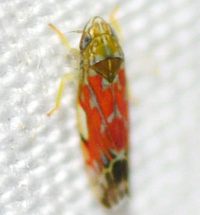 | Photo by: Kyle Kittelberger
Wake Co.
Comment: mixed hardwood forest habitat |
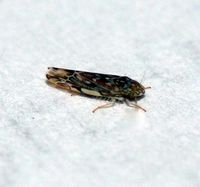 | Photo by: Paul Scharf
Warren Co.
Comment: Attracted to Black Light | 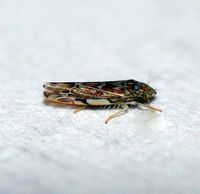 | Photo by: Paul Scharf
Warren Co.
Comment: Attracted to Black Light |
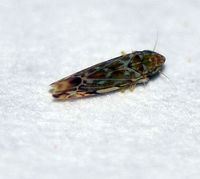 | Photo by: Paul Scharf
Warren Co.
Comment: Attracted to Black Light | 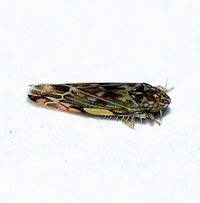 | Photo by: Paul Scharf
Warren Co.
Comment: Attracted to Black Light |
 | Photo by: Kyle Kittelberger
Wake Co.
Comment: mixed hardwood forest habitat. One red individual | 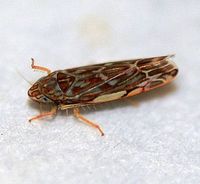 | Photo by: Paul Scharf
Warren Co.
Comment: Attracted to Light |
 | Photo by: Harry Wilson
Wake Co.
Comment: |  | Photo by: Rob Van Epps
Mecklenburg Co.
Comment: Attracted to ultraviolet light. |
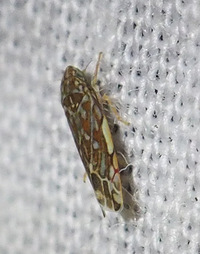 | Photo by: R Emmitt
Orange Co.
Comment: unid_leafhopper | 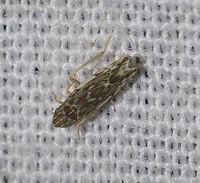 | Photo by: R Emmitt
Orange Co.
Comment: unid_leafhopper |
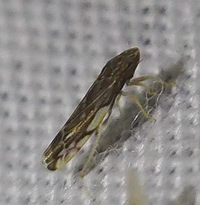 | Photo by: R Emmitt
Orange Co.
Comment: | 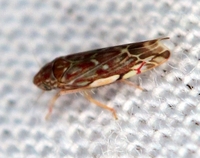 | Photo by: T. DeSantis
Durham Co.
Comment: ENRI |
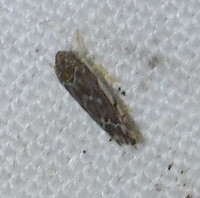 | Photo by: Randy Emmitt
Orange Co.
Comment: uv lights | 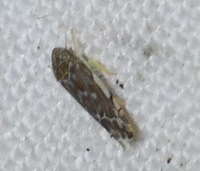 | Photo by: Randy Emmitt
Orange Co.
Comment: uv lights |
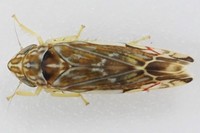 | Photo by: Rob Van Epps
Mecklenburg Co.
Comment: Attracted to UV light. Yard near woods. |  | Photo by: Rob Van Epps
Mecklenburg Co.
Comment: Attracted to UV light. Yard near woods. |
 | Photo by: Erich Hofmann
Craven Co.
Comment: https://www.inaturalist.org/observations/53386723 | 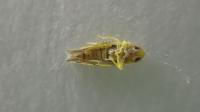 | Photo by: Erich Hofmann
Craven Co.
Comment: https://www.inaturalist.org/observations/53386723 |
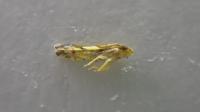 | Photo by: Erich Hofmann
Craven Co.
Comment: https://www.inaturalist.org/observations/53386723 | 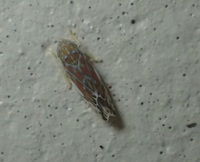 | Photo by: Erich Hofmann
New Hanover Co.
Comment: red form |
 | Photo by: Ken Kneidel
Mecklenburg Co.
Comment: 2.6 mm, came to UV light and sheet at night |  | Photo by: Ken Kneidel
Mecklenburg Co.
Comment: 2.6 mm, came to UV light and sheet at night |
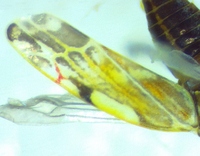 | Photo by: Ken Kneidel
Mecklenburg Co.
Comment: 2.6 mm, came to UV light and sheet at night | 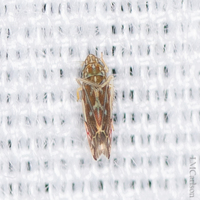 | Photo by: Lior Carlson
Orange Co.
Comment: |
 | Photo by: John Petranka
Orange Co.
Comment: Attracted to 15W UV lamp |  | Photo by: Jim Petranka
Madison Co.
Comment: |
 | Photo by: Scott Bolick
Forsyth Co.
Comment: | 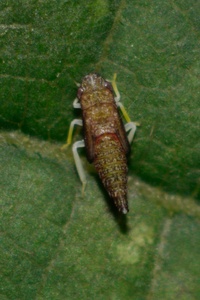 | Photo by: Scott Bolick
Forsyth Co.
Comment: |
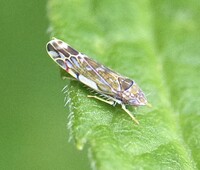 | Photo by: Ted Wilcox
Watauga Co.
Comment: unid_leafhopper | 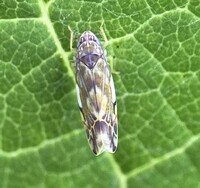 | Photo by: Ted Wilcox
Watauga Co.
Comment: unid_leafhopper |
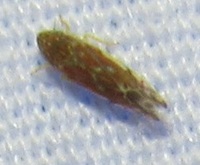 | Photo by: B. Bockhahn
Wilson Co.
Comment: |  | Photo by: Rob Van Epps
Mecklenburg Co.
Comment: Attracted to UV light. Suburban yard near woods. |
 | Photo by: Rob Van Epps
Mecklenburg Co.
Comment: Attracted to UV light. Suburban yard near woods. | 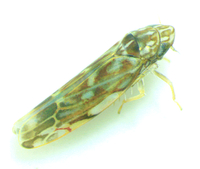 | Photo by: Ken Kneidel
Mecklenburg Co.
Comment: 2.7 mm, found indoors |
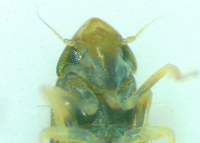 | Photo by: Ken Kneidel
Mecklenburg Co.
Comment: 2.7 mm, found indoors | 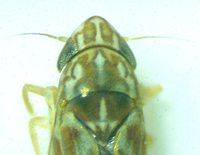 | Photo by: Ken Kneidel
Mecklenburg Co.
Comment: 2.7 mm, found indoors |
 | Photo by: Ken Kneidel
Mecklenburg Co.
Comment: 2.7 mm, found indoors | 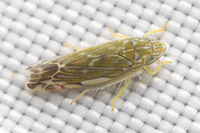 | Photo by: Solomon Hendrix
Wake Co.
Comment: attracted to UV light |
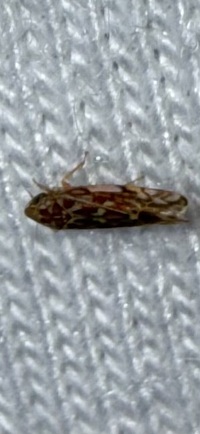 | Photo by: Nora Murdock
Henderson Co.
Comment: | 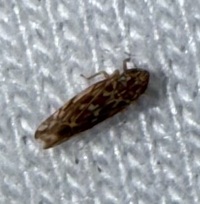 | Photo by: Nora Murdock
Henderson Co.
Comment: |
|

 »
»

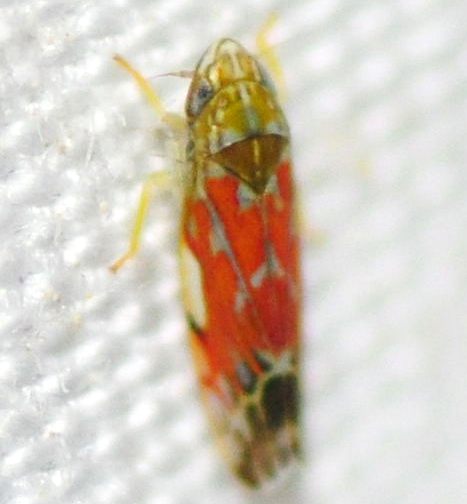
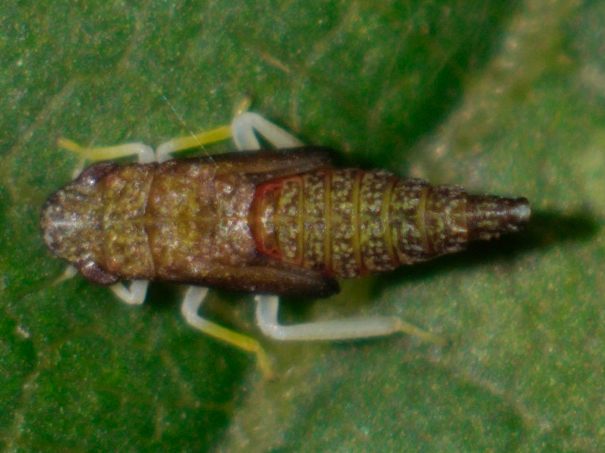

 »
»


